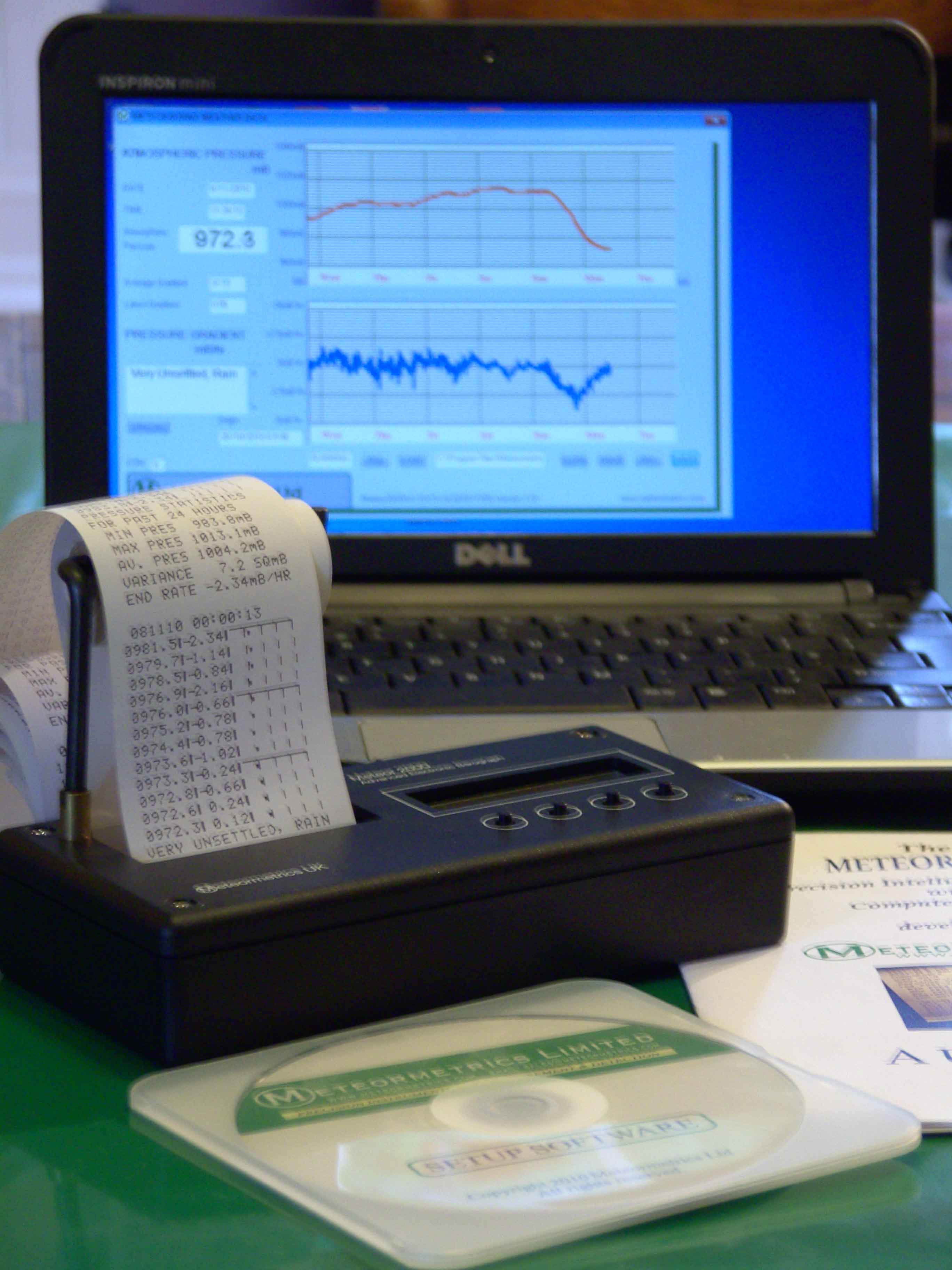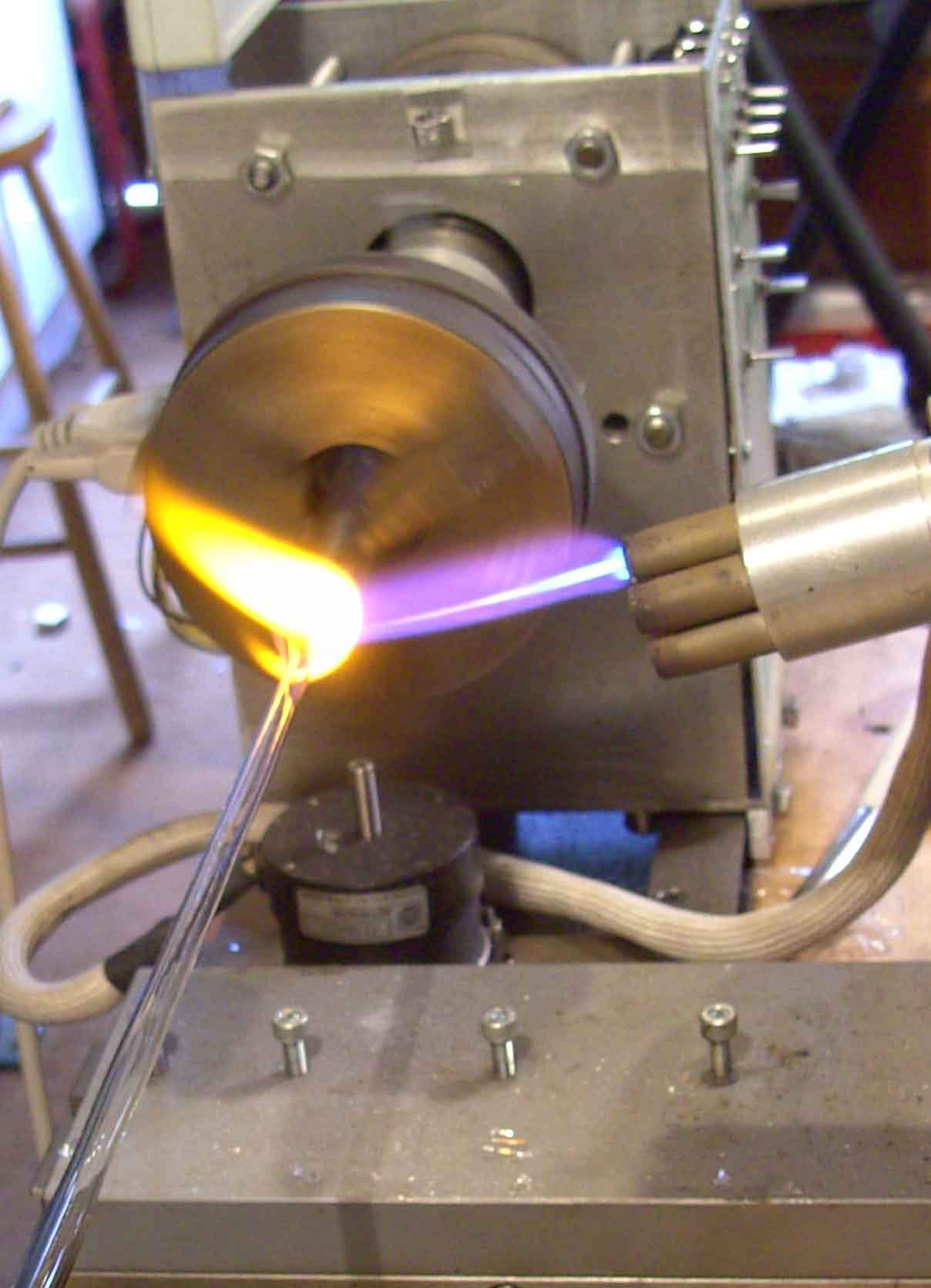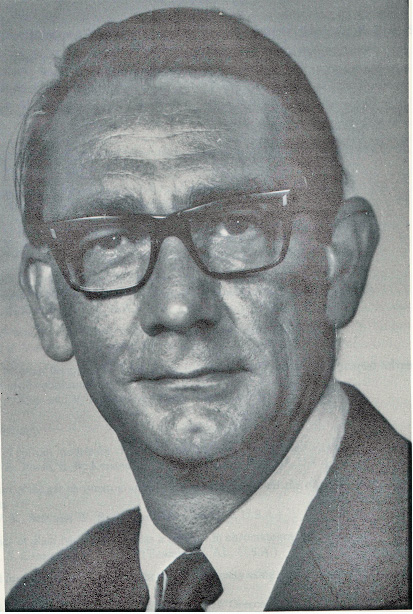References
1. M. Barber, R. S.
Bordoli, G. J. Elliott, R. D. Sedgwick and A. N. Tyler,Anal.
Chem., 54(1982)645A.
2. M. Karas and F.
Hillenkamp, Anal.
Chem.,
60(20)(1988)2299.
3. M. A. Baldwin,
and F. W. McLafferty, Biomed.
Mass
Spectrom., 1(1974)80.
4. R. P. W. Scott,
C. G. Scott, M. Munroe and J. Hess. Jr., The
Poisoned Patient: The
Role of the Laboratory,
Elsevier,
New York (1974)395.
5. A. T. James, J.
R. Ravenhill and R. P. W. Scott, Chem.
Ind.,
(1964)746.
6. R. P. W. Scott
and J. F. Lawrence, J.
Chromatogr.
Sci., 8(1970)65.
7. W. M. McFadden,
H. L. Schwartz and S. Evens, J.
Chromatogr.
122(1976)389.
8 N.
J. Alcock, C. Eckers,
D. E. James,
M. P. L. Games, M. S.
Lant, M. A.
McDowall, M.
Rossiter, R. W. Smith, S. A. Westwood and H.-Y. Wong, J.
Chromatogr.,
251(1982)165.
9. D. E. Games, M.
J. Hewlins, S. A. Westwood and D. J. Morgan, J.
Chromatogr. 250(1982)62.
10. M. J. Hayes, E.
P. Lanksmeyer, P. Vouroo and B. L. Karger, Anal.
Chem.,
55(1983)1745.
11. T. P. Fan, A. E.
Schoem, R. G. Cooks and P. H. Hemberger, J.
Am. Chem. Soc.,
103(1981)1295.
12. T. Covey and J.
Henion, Anal.
Chem.,
55(1983)2275.
13. J. S. M. De Wit,
C. E. Parker, K. B. Tomer and J. W. Jorgenson, Anal.
Chem.,
59(1987)2400
14. R.
D.
Voyksner, J. T. Bussey
and J. W. Hines,
J. Chromatogr.,
323(1985)383.
15. C. R. Blakely
and M. L. Vestal, Anal.
Chem.,
55(1983)750.
16. J. Via and L. T.
Taylor, Anal.
Chem.,
66(9)(1994)1385
17. C. M. Whitehouse,
R. N. Dreger, M. Yamashita and J. B. Fenn, Anal.
Chem.,
573(1985)675.
18. M. T. Davis, D.
C. Stahl, S. A. Hefta and T. D. Lee, Anal.
Chem.,
67(24)(1995)4549.
19. L. R. Snyder and
D. L. Saunders,
J. Chromatogr. Sci.,
7(1969)195.
20. E. Katz and R. P.
W. Scott, J.
Chromatogr.,
253(1982)159.
21. R. B. van
Breeman, C.R Huang, Z. Z. Lu, A. Rimando, H. H. S. Fong and
J. F. Fitzloff,
Anal. Chem.,
67(21)(1995)3985.
22. M. Wilm and M.
Mann, Anal.
Chem.,
68(1)(1996)1
23. M. Kohler and J.
A. Leary, 67(19)(1995)3508.
24. R. B. van
Breeman, Anal.
Chem.,
67(13)(1995)2004.
25. G. Neubauer and
R. Anderegg, Anal.
Chem.,66(7)(1994)1056.
26. J. F. Banks, S.
Shen, C. M. Whitehouse and J. B. Fenn, Anal.
Chem.,
66(3)(1994)406.
27. M. Yamashita and
J. B. Fenn, J.
Phys. Chem.,
88(1984)4671.
28. Y. Hua, W. Lu, M.
S. Henry, R. H. Pierce and R. B. Cole, Anal.
Chem., 67(11)(1996)1815.
29. B. Thomson, Tom
Covey, B. Shushanm M. Allen, and Takeo Sakuma, Perkin
Elmer
Corporation, Private Communication.
30. J. Cai and J.
Henion, Anal.
Chem.,
68(1)(1996)72.
31. E. C. Huang, T.
Wachs, J. J. Conby and J. D. Henion,
Anal. Chem.,62(13)(1990)713A.
32. S. A. Pergantis,
E. M. Heithmar and T. A. Hinners, Anal.
Chem.,67(24)(1995)4530.
33. S. C. K. Schum
and R. S. Houk, Anal.
Chem.,
65(21)(1993)2972.
34. M. J. Powell, D.
W. Boomer and D. R. Wiederin, Anal.
Chem.,
67(14(1995)2474.
35. L. Rottman and K.
G. Heumann, Anal.
Chem.,
66(21)(1994)3709.
36. S. A. Pergantis,
E. M. Heithmar and T. Hinners, Anal.
Chem.,
67(24)(1995)4530.
37. R. C. Willoughby,
and R. F. Browner, Anal.
Chem.,
56(1984)2626.
38. P. C. Winkler, D.
D. Perkins, W. K. Wilner and R. F. Browner, Anal.
Chem.,
60(5)(1988)489.
39. R. F. Browner, A.
W. Boorn and D. D. Smith, Anal.
Chem., 54(1982)1411.
40. W. C. Hinds,
Aerosol
Technology,
Wiley-Interscience, New York, (1982).
41. A. Cappiello and
G. Famiglini, Anal.
Chem.,
66(22)(1994)3970.
42. A. Cappiello and
F. Bruner, Anal. Chem.,
65(9)(1993)1281.
43. A. J. Maden and
M. J. Hayward, Anal.
Chem.,
68(10)(1996)1805.
Further Resources:
1.
J. J. Thompson, Rays of
Positive Electricity, Longmans, Green and Co. London(1913)
2.
F. W. Aston,, Phyl.
Mag.,38(1919)707
3.
A. J. Dempster Phys.
Rev,11(1918)316.
4. S. Udenfriend, Fluorescence
Assay in Biology and Medicine, Academeic Press,
New
York(1962).
5.
A. T. Rhys Williams.
Fluoresence Detection in Liquid Chromatography, Perkin
Elmer
Corporation,
Beaconsfield, England (1980).
6.
R. T. Conley, Inrfrared
Spectroscopy, Allyn and Bacon Inc., Boston,(1972).
7.
N. L. Alpert, IR; Theory and
Practice of Infrared Spectroscopy, (1973).
8.
D. Welti, InfraredVapor
Spectra, Heyden and Sons, New York (1970).
9.
B. Stuart, Modern Infrared
Spectroscopy, John Wiley, Chichester(1996)
9a.
D. A. Long, Raman
Spectroscopy, McGraw Hill, New York(1977).
10.
C. N. Banwell and M. McCash,
Fundamentals of Molecular Spectroscopy,
McGraw-Hill,
New
York(1994).
11.
W. W. Paudler, Nuclear
Magnetic Resonance, Allyn and Bacon Inc., Boston
Practical Organic Mass
Spectrometry, J. R. Chapman (Ed.) John Wiley,Chichester


